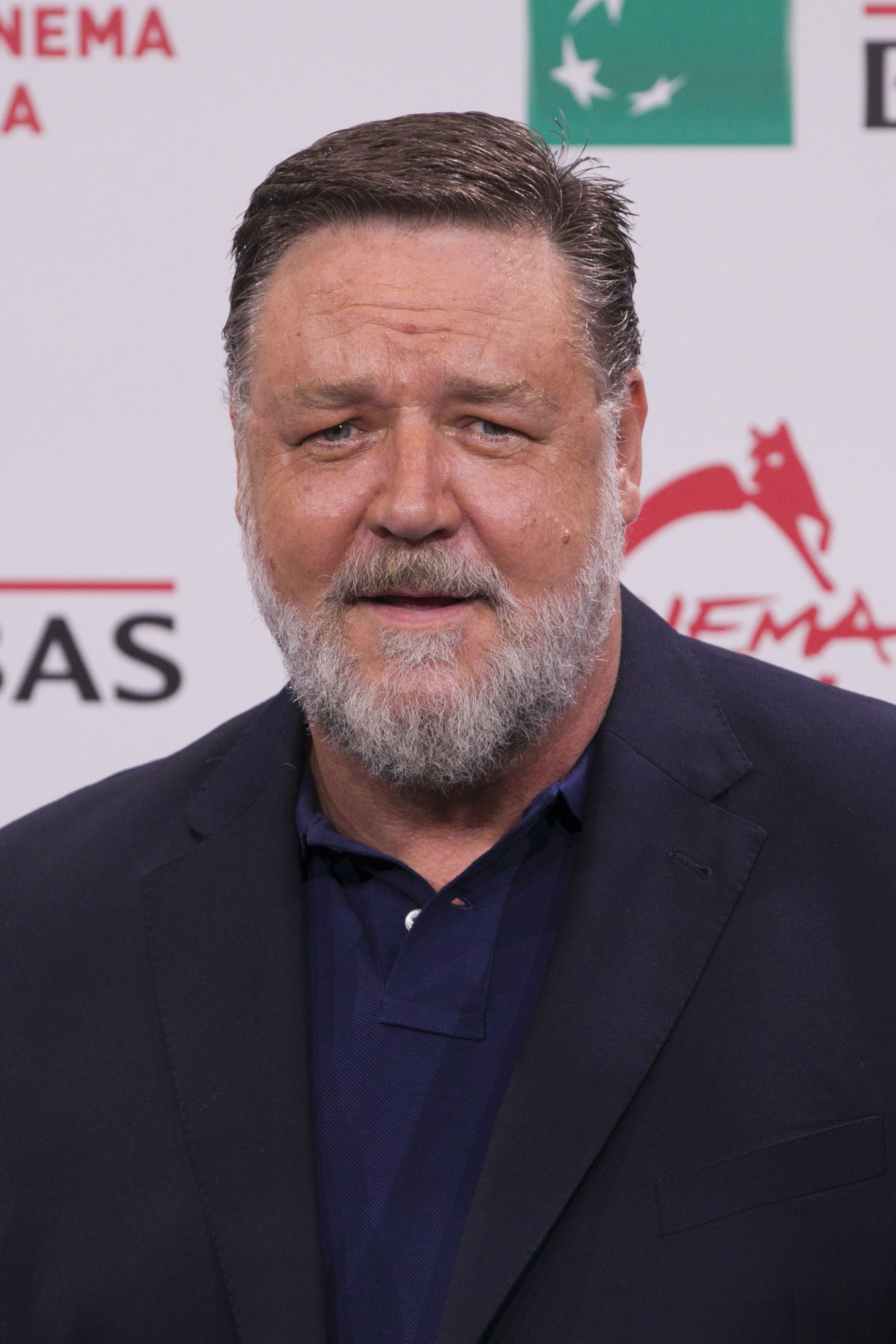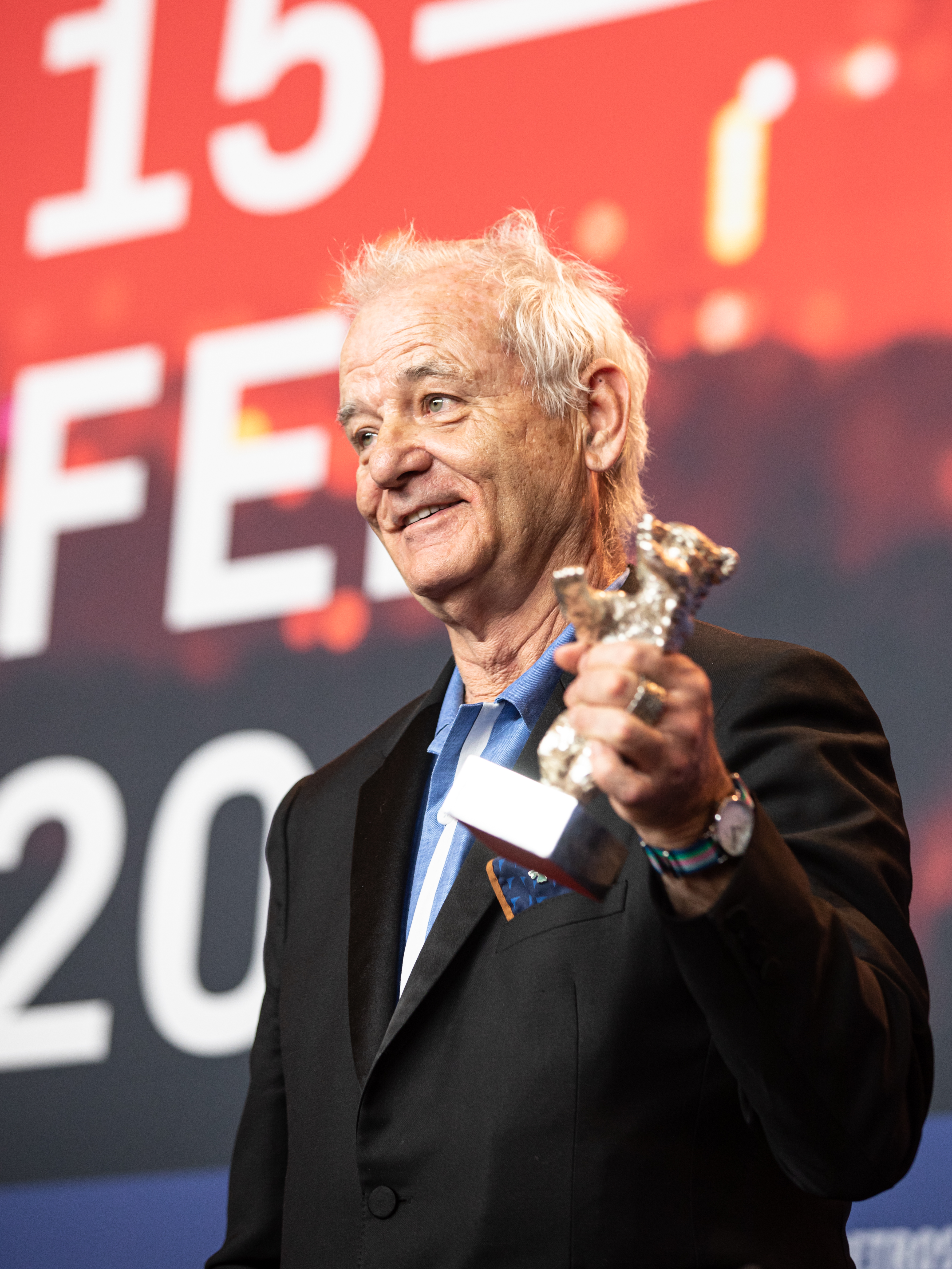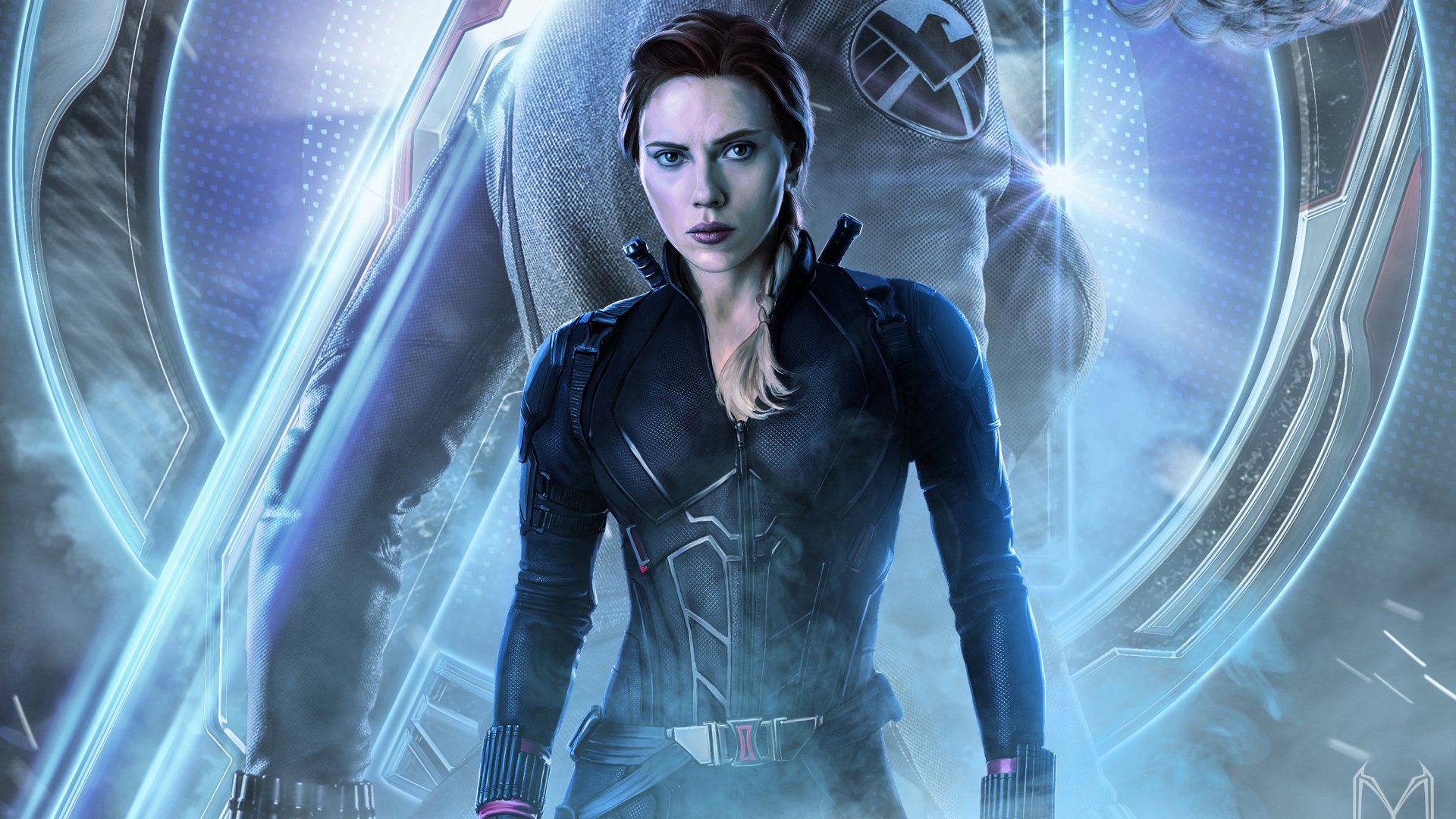
For as long as we’ve depicted narratives on film, we’ve been killing human beings in movies. No, we’re not talking about anything truly morbid here, but rather the masterful art of orchestrating character deaths on screen. From nameless mooks facing a grim end to pivotal figures making a dramatic exit, death, in all its forms, is an integral part of cinematic storytelling.
But let’s be clear: not all movie deaths are created equal. We’re not just looking for the “best death scenes” in terms of tearful goodbyes or somber reflections. Instead, our focus here is on those cinematic demises that were truly essential – the ones that, for reasons ranging from shocking twists to profound character development, *needed* to happen. These aren’t just cool or unexpected exits; they are narrative linchpins, moments that define entire plots, reshape character journeys, and leave an indelible mark on the audience.
These are the deaths that make your jaw drop with sheer audacity, that fulfill a thematic prophecy, or that simply gut-punch you with their necessity. We’ve delved deep into the annals of film history to pull out those critical moments where a character’s demise wasn’t just a plot point, but the very engine driving the story forward. Prepare to revisit some truly unforgettable, and utterly vital, exits.
1. **Dr. Malcolm Crowe (“The Sixth Sense”)**When we talk about movie deaths that absolutely *needed* to happen, Dr. Malcolm Crowe from M. Night Shyamalan’s “The Sixth Sense” sits at the very pinnacle. This isn’t just a shocking death; it’s the cornerstone of one of cinema’s most iconic twist endings, a revelation that entirely recontextualizes everything that came before it. Without Crowe’s true fate, the entire film, and indeed Shyamalan’s early career, would be profoundly different.
From the moment the film begins, Bruce Willis’s character is presented as a child psychologist struggling with past failures and a strained marriage, taking on the enigmatic Cole Sear. We follow his journey, empathize with his frustrations, and cheer for his breakthroughs. The genius lies in how subtly the narrative weaves his true condition into every scene, planting clues that are only fully understood in retrospect.
The reveal that he was actually dead for the entire film, having succumbed to a gunshot wound early on, isn’t just a clever narrative trick; it’s a masterclass in misdirection and thematic resonance. It flips the entire viewing experience on its head, forcing a re-evaluation of every interaction, every unspoken moment, and every subtle glance. This death needed to happen to deliver that unprecedented narrative punch, forever cementing the film’s place in pop culture as a benchmark for psychological thrillers.
It provided an emotional catharsis that few films achieve, validating Cole’s abilities and giving Crowe a poignant resolution. This isn’t merely a character’s end; it’s the ultimate narrative mic drop, proving that sometimes, the most important deaths are those you never saw coming, even when they were staring you in the face the entire time.
2. **Billy Costigan (“The Departed”)**Martin Scorsese’s “The Departed” is a brutal, relentless plunge into the world of organized crime and police corruption, where trust is a liability and betrayal is inevitable. Among its many gut-wrenching moments, the death of Billy Costigan stands out as a stark, uncompromising declaration of the film’s nihilistic vision. Leonardo DiCaprio’s character, an undercover state trooper, endures unimaginable psychological torment, navigating a treacherous world where his identity is constantly at risk.
The narrative meticulously builds toward a climactic confrontation where it seems Costigan might finally achieve his redemption. He has Colin Sullivan (Matt Damon), the mob’s mole, at gunpoint, seemingly on the cusp of bringing him to justice and escaping his living nightmare. The audience is primed for a hero’s victory, a moment of triumph after so much suffering. This expectation, however, is precisely what makes his demise so impactful.
As they descend in the elevator, the doors open, and Costigan is unceremoniously shot in the head. It’s a sudden, visceral explosion of violence that shatters any hope of a clean resolution. This brutal, unexpected exit isn’t just for shock value; it absolutely *needed* to happen to underscore the film’s core theme: in a world rotten to its core, there are no true winners, and nobody truly escapes unscathed. It reinforces the cyclical nature of violence and betrayal.
Costigan’s death, by an unseen third mole, solidifies the notion that corruption runs deeper than anyone realizes, making the system itself the ultimate villain. It’s a merciless narrative choice that denies the audience easy comfort, leaving a lasting impression of dread and the inescapable consequences of the lives these characters lead. It truly cements the film’s gritty, unflinching portrayal of its morally compromised world.

3. **Russell Franklin (“Deep Blue Sea”)**In the realm of sci-fi horror, one of the most effective ways to establish the true terror of a threat is to demonstrate its indiscriminate power, especially against characters who seem, by all cinematic conventions, invincible. The death of Russell Franklin, portrayed by the incomparable Samuel L. Jackson in “Deep Blue Sea,” is a perfect example of a character’s demise that profoundly escalated the stakes and cemented the film’s place in unexpected horror.
Franklin, a corporate executive, embodies the classic “big name actor” trope often seen in disaster films – the powerful, seemingly safe figure who might provide leadership or, at the very least, stick around until the third act. As the situation on the isolated research facility spirals into chaos, with genetically enhanced sharks wreaking havoc, Franklin gathers the remaining survivors and launches into a classic inspirational monologue.
He stands firm, insisting that they will not die, that they will find a way out, that they just need to believe. It’s the kind of speech that typically rallies the troops and foreshadows a heroic, if difficult, survival. But then, in a masterful subversion of this trope, a massive mako shark suddenly lunges from the water, snatching Franklin mid-sentence and violently dismembering him. His words, still hanging in the air, are rendered utterly meaningless.
This shocking, brutal, and entirely unexpected death of the biggest star in the movie *needed* to happen to immediately inform the audience that *nobody* was safe. It transformed the sharks from mere monsters into an unstoppable, intelligent force, capable of striking down even the most confident and recognizable figures. It injected a visceral sense of dread, making every subsequent moment of survival genuinely tense and proving that in this film, the rules of Hollywood didn’t apply. The film wouldn’t have been nearly as impactful without this pivotal, rule-breaking demise.

4. **Bill Murray (“Zombieland”)**Sometimes, a death isn’t just about narrative progression; it’s about delivering a perfect comedic beat that resonates long after the credits roll. The demise of Bill Murray in “Zombieland” is a prime example of a celebrity cameo death that absolutely *needed* to happen to cement the film’s unique blend of dark humor, meta-commentary, and unexpected pathos. It’s a moment of pure genius that plays with audience expectations in the most delightful way.
Murray, playing a fictionalized version of himself, is discovered by the main characters living in luxurious solitude amidst the zombie apocalypse. His brilliant survival strategy involves dressing up as a zombie to blend in and enjoy a quiet life of golfing and movie-watching. It’s an immediately hilarious and deeply meta concept, capitalizing on Murray’s iconic, unaffected persona and reputation for eccentric behavior. The scene is already a comedic highlight, a much-needed breath of levity in a brutal world.
The accidental shooting that leads to his death, however, takes it to another level. Jesse Eisenberg’s Columbus, mistaking Murray for a real zombie during a prank, shoots him. The ensuing dialogue, where Murray laments his final regret (that he never got to star in “Garfield” *again*), is priceless. This death *needed* to happen to showcase the film’s irreverent spirit and its willingness to poke fun at celebrity culture, even its own beloved stars.
It’s an unexpected and darkly funny moment that underscores the unpredictability of their world, even for a legend like Bill Murray. It perfectly encapsulated the film’s tone, reminding viewers that even in moments of joy and celebrity encounter, the dangers of the zombie apocalypse are always present, and misunderstandings can have fatal, albeit hilarious, consequences. It’s a memorable send-off that only Bill Murray could deliver.

5. **Charlie (“Hereditary”)**Ari Aster’s “Hereditary” is a masterclass in psychological horror, and at its terrifying core is a death that redefines the film’s trajectory from a family drama into a relentless descent into madness and grief. The death of Charlie, the young, peculiar daughter of the Graham family, is so unexpected and brutally sudden that it serves as an immediate, visceral declaration of the film’s unflinching commitment to terror. Her presence in the trailers suggested a creepy, central role, making her early exit all the more jarring.
For the first act, Charlie is portrayed as an odd, somewhat alienated child, with a penchant for crafting disturbing miniature figures and an unsettling sense of prescience. She appears to be the “creepy kid” archetype, often central to the rising tension in horror films. Her demise, however, arrives with shocking speed and casual brutality: during a frantic car ride, she is decapitated by a telephone pole after sticking her head out a window in a moment of anaphylactic shock.
This horrifying, accidental death, just 30 minutes into the film, *needed* to happen to plunge the already fractured Graham family into an abyss of unimaginable grief and guilt. It isn’t a supernatural monster claiming a victim; it’s a random, excruciatingly painful accident that feels deeply unfair and irrevocably breaks the family’. It immediately establishes that the film operates outside conventional horror tropes, where even central characters are not safe from sudden, random tragedy.
Charlie’s death isn’t just a plot twist; it’s the catalyst for the entire film’s unraveling, fueling the mother Annie’s spiraling despair and the subsequent demonic possession narrative. It’s a strategic narrative choice that signals to the audience that no emotional punches will be pulled, and the film is prepared to go to the darkest possible places. Without it, the story of the family’s destruction and the insidious influence of the Paimon cult simply could not have begun.
6. **Marion Crane (“Psycho”)**Alfred Hitchcock’s “Psycho” is a cinematic landmark, and its most famous scene – the shower murder of Marion Crane – is arguably the most impactful and game-changing movie death in history. In 1960, this death wasn’t just shocking; it was revolutionary, fundamentally altering audience expectations for narrative structure and character survival. This death absolutely *needed* to happen to redefine the landscape of suspense and horror forever.
The film was famously marketed on the star power of Janet Leigh, who played Marion Crane. For the first half-hour or so, she is clearly established as the protagonist: a woman on the run after embezzling money, seeking refuge at the Bates Motel. Audiences of the era expected her to be the central figure, the character they would follow through the entire story, perhaps finding redemption or facing justice in the end. Hitchcock expertly built up her journey, making viewers invested in her fate.
Then, halfway through the film, in one of cinema’s most iconic sequences, Marion is brutally stabbed to death in the shower. It’s a sudden, violent, and utterly unexpected act that pulls the rug out from under the audience. The murder is not only graphic for its time but also audacious in its decision to kill off the apparent lead so early. This subversion of expectations fundamentally changed storytelling, teaching filmmakers that anyone, even the star, could be vulnerable.
Marion’s death *needed* to happen to establish the true nature of the film: a psychological horror centered not on the victim, but on the disturbed mind of Norman Bates. It shifts the narrative focus entirely, leaving the audience disoriented and deeply unsettled, realizing that traditional narrative safety nets were gone. It’s a bold, brilliant move that keeps viewers on edge, never knowing what might happen next, and paved the way for countless horror films that followed, proving the power of a truly shocking and strategically placed death.

7. **Vincent Vega (“Pulp Fiction”)**Quentin Tarantino’s “Pulp Fiction” is a masterclass in non-linear storytelling, sharp dialogue, and unexpected turns. Among its many memorable moments, the death of Vincent Vega, portrayed by John Travolta, stands as a quintessential example of how a main character’s untimely demise can serve a larger narrative purpose, reinforcing the film’s chaotic and unpredictable world. In a movie where anything can happen, Vincent’s exit makes it clear that even the central figures aren’t exempt from the consequences of their choices.
Vincent is one of the film’s most prominent characters, a hitman whose drug-fueled misadventures form significant chunks of the narrative. We follow him through various interconnected storylines, from his fraught night out with Mia Wallace to his philosophical discussions with Jules. He feels like a constant, a presence through the fragmented chronology. This familiarity is precisely what makes his death so impactful and, for many, a genuine “WTF” moment, especially given that there’s still a substantial portion of the movie left to unfold.
His demise occurs when he’s tasked with guarding Butch’s apartment and, in a moment of seemingly mundane distraction, decides to use the bathroom. Upon exiting, he’s ambushed by Butch, who shoots him with his own gun. It’s a sudden, almost slapstick end for a character who had navigated far more perilous situations. This unexpected, almost casual death *needed* to happen to underscore the film’s overarching theme of random chance and the brutal consequences that can arise from even the smallest miscalculations.
Vincent’s death exemplifies Tarantino’s disregard for conventional narrative arcs, showing that character importance doesn’t guarantee survival. It highlights the interconnectedness of the various storylines and the inescapable nature of their violent world. While the non-linear structure allows us to see Vincent alive again later, his actual demise is a potent reminder of the precariousness of life within “Pulp Fiction’s” universe, a narrative choice that strengthens the film’s unique, unpredictable identity.
Having explored some truly seismic cinematic exits, we continue our deep dive into those utterly essential movie deaths, dissecting how these strategically vital demises weren’t just shocking, but profound narrative engines. These are the moments that redefine stories, characters, and our understanding of the worlds they inhabit, proving that sometimes, the most brutal goodbyes are the most necessary.

8. **Calvin J. Candie (“Django Unchained”)**Quentin Tarantino is a filmmaker renowned for his audacious, often brutal, and always unexpected acts of violence, and the demise of Calvin Candie in “Django Unchained” is a quintessential example. After enduring countless unspeakable horrors at Candie’s plantation, a climactic moment arrives that feels destined for a grand confrontation. The tension is palpable, the audience is on edge, yet no one, not even the most seasoned “cinema savvy film critic,” could have predicted the exact nature of Candie’s exit.
It’s a handshake, a seemingly simple gesture of civility after such immense suffering, that serves as the igniting spark for one of the film’s most explosive moments. Dr. King Schultz, a character defined by his moral compass and dry wit, performs what is literally described as a “trick up his sleeve.” This calculated, yet deeply personal, act of defiance leads to Candie’s sudden, visceral end, shattering any lingering illusions of a peaceful resolution.
This death absolutely *needed* to happen, not merely as a cathartic moment for the audience, but to underscore the film’s core themes of retribution and the ultimate cost of evil. It’s a brutal, uncompromising narrative choice that perfectly encapsulates Tarantino’s disregard for conventional heroics, making it clear that in this world, justice often arrives with shocking, violent precision, cementing the unpredictable nature of this vengeful odyssey.
9. **Chad Feldheimer (“Burn After Reading”)**Brad Pitt has a storied career filled with memorable roles, and surprisingly, a remarkable number of unexpected, often abrupt, on-screen deaths. From his grim discovery in a box to his untimely encounter with a car in “Meet Joe Black,” he has consistently managed to shock audiences with his character’s untimely exits. However, for many fans, it’s his utterly bewildering demise as Chad Feldheimer in the Coen Brothers’ “Burn After Reading” that stands out as perhaps the most hilariously shocking.
Chad, a gym employee caught up in a ridiculously convoluted espionage plot, meets his end in a fashion that is both darkly comical and entirely unforeseen. Hiding in a U.S. Marshal’s wardrobe, in a moment of sheer, almost slapstick absurdity, he’s accidentally shot by none other than his “buddy Clooney,” George Clooney’s character. The casual, almost mundane nature of the execution, coupled with the sheer incompetence surrounding the event, only amplifies the profound shock of the moment.
This death *needed* to happen to solidify “Burn After Reading’s” unique brand of existential absurdity and dark humor. It’s a pivotal moment that brilliantly reinforces the film’s central premise: a world where chaos reigns, misunderstandings lead to fatal consequences, and no one, not even a major star, is safe from senseless, accidental demise. It masterfully derails conventional narrative expectations, forcing viewers to embrace the film’s cynical, unpredictable worldview.
Indeed, the enduring legacy of this moment is undeniable. As the film’s narrative weaves its twisted path, one thing remains etched in the minds of viewers: this will always be the movie where Brad Pitt gets shot in the face, a testament to the Coen Brothers’ masterful command of shocking, yet hilariously justified, narrative twists.

10. **Black Widow (“Avengers: Endgame”)**The quest for the Soul Stone on Vormir in “Avengers: Endgame” presented audiences with an excruciating dilemma: a brutal, almost sadistic, narrative game of who would make the ultimate sacrifice. When Natasha Romanoff (Black Widow) and Clint Barton (Hawkeye) arrived on the desolate planet, the stakes couldn’t have been higher, and the tension surrounding their individual fates was thick enough to cut with a vibranium knife. Both were prepared to give everything, but only one could return.
The dramatic weight of this scene was significantly amplified by outside knowledge. With a “Black Widow” standalone film already in the works and widely anticipated at the time “Endgame” premiered, many viewers were “forgiven for betting that Hawkeye would be the one to take a dive.” This prevailing expectation made Natasha’s eventual, resolute decision to sacrifice herself all the more “shocking” and emotionally devastating. Her determined struggle to “get the upper . . . or, lower, hand” against Clint, ensuring her own fall, was a moment of profound, heartbreaking heroism.
Black Widow’s death absolutely *needed* to happen for the overarching narrative of the Marvel Cinematic Universe to reach its climactic emotional peak. It was the ultimate, poignant act of selflessness, cementing her unwavering dedication to her found family and the mission to save half of humanity. Her sacrifice underscored the immense cost of their victory, providing a crucial, tear-jerking moment that propelled the Avengers towards their final confrontation, reminding everyone of the profound losses required for their ultimate triumph.

11. **Julian Taylor (“Children of Men”)**“Children of Men” is a bleak masterpiece that masterfully subverts expectations, not least concerning the fates of its most prominent characters. Even those familiar with the book upon which the film is based would have been taken by surprise, as the cinematic adaptation charts a significantly different, and arguably more brutal, path. When a star of Julianne Moore’s caliber appears prominently in trailers, audiences naturally assume her character will play a significant and enduring role throughout the narrative.
However, the film swiftly dismantles these expectations with shocking efficiency. Julian Taylor, portrayed by Moore, serves as a poignant representation of “how hopeless the world can become after 18-years of infertility,” a desperate beacon in a desolate future. Her demise is tragically sudden and “unceremoniously offed while trying to escape an ambush,” leaving audiences stunned by its casual brutality. This unexpected exit is made even more jarring by her significant connection to the protagonist, Theo, as his estranged wife, teasing a potential reconciliation that is abruptly and brutally denied.
Julian’s death absolutely *needed* to happen to unequivocally establish the unforgiving, chaotic reality of the film’s dystopian landscape. It’s a merciless narrative choice that immediately signifies that no character, regardless of their star power or narrative importance, is safe from the arbitrary violence of this broken world. By denying Theo the comfort of a personal reunion or the traditional heroic partnership, her death forces him to carry the immense burden of the mission alone, amplifying the desperate urgency and profound isolation of his journey to save humanity.
12. **Theresa ‘Tracy’ Mills (“Se7en”)**David Fincher’s “Se7en” is a relentless descent into darkness, a meticulous police procedural entwined with a chilling philosophical exploration of humanity’s darkest impulses. Detectives Sommerset and Mills find themselves on the trail of a serial killer whose gruesome murders are meticulously themed around the seven deadly sins. From the outset, the film establishes its unflinching commitment to depicting the depravity of man, yet the ultimate horror is reserved for a reveal that is not seen, but profoundly felt.
Tracy Mills, Detective Mills’ pregnant wife, represents a beacon of normalcy and hope amidst the escalating nightmare, a stark contrast to the grim world the detectives inhabit. Her existence embodies the stable, loving life that the serial killer, John Doe, so vehemently despises and envies. It is this envy that drives his most diabolical act, a manipulation designed not just to kill, but to utterly break one of his pursuers.
The climax of the film hinges on Doe’s chilling confession: he “confesses to beheading Mills’ pregnant wife Tracy,” revealing her fate to Mills with a cold, calculated precision. The full horror of the act is conveyed not through graphic visuals – “seeing evidence of it on screen isn’t necessary” – but through the devastating emotional impact it has on Mills and the audience. “The audience and characters know exactly what’s in that cardboard box,” and the subsequent, tragic reaction is a masterclass in psychological horror, pure and unadulterated.
Tracy’s death absolutely *needed* to happen to complete John Doe’s twisted masterpiece, forcing Detective Mills to commit the “7th sin of wrath” and thus fulfilling the killer’s perverse design. It’s the ultimate narrative mic drop, a moment of profound psychological terrorism that not only breaks the protagonist but leaves an indelible, haunting impression on viewers, solidifying the film’s status as a seminal work of dark cinema. Without this shocking, unseen horror, the film’s devastating thematic punch would simply not land with the same gut-wrenching force.
13. **Detectives Christopher Danson & P.K. Highsmith (“The Other Guys”)**In the often-predictable landscape of action-comedies, sometimes a film comes along that utterly obliterates expectations from its opening moments. “The Other Guys” introduced audiences to Detectives Christopher Danson, played by Dwayne Johnson, and P.K. Highsmith, portrayed by Samuel L. Jackson. These characters were nothing short of “real life action heroes,” whose electrifying, destruction-laden exploits were so captivating they felt “worth the price of admission” alone. Their effortless cool and incredible competence made them instant fan favorites, and their colleagues “idolize” them, setting them up as seemingly invincible titans of law enforcement.
The film leans heavily into the tropes of these larger-than-life super-cops, showcasing their incredible feats and seemingly untouchable aura. They are presented as a force of nature, capable of anything, including, as the narrative initially suggests, leaping “from buildings in a single bound.” This hyperbolic build-up primes the audience for a continuation of their heroic, albeit destructive, antics, cementing their role as the primary, albeit over-the-top, protagonists.
However, in a stroke of comedic genius, this facade of invincibility is hilariously and abruptly shattered. In an attempt to continue their heroic streak, Danson and Highsmith leap from a skyscraper, expecting to land safely in a bush below. They miss. Spectacularly. This “unexpected” and utterly comical demise, just minutes into the film, serves as a brilliant narrative judo move, instantly re-centering the story on the titular “other guys” and setting the stage for the film’s unique brand of self-aware humor.
Their ridiculous exit absolutely *needed* to happen to establish the film’s irreverent tone and subvert every action-hero cliché in the book. It’s a bold, hilarious declaration that “these movie cop hotshots don’t even die by the rules,” proving that in this comedy, even the biggest stars can be unceremoniously, and comically, offed. This pivotal moment perfectly launched the true narrative, making room for the unlikely heroes to step into the spotlight and deliver a truly unforgettable cinematic experience.
And there you have it – a collection of movie deaths that transcend mere plot points to become foundational elements of their respective narratives. These aren’t just characters meeting their end; they are meticulously crafted narrative devices, designed to shock, provoke, and fundamentally alter the audience’s understanding of the story unfolding before them. From devastating emotional blows to darkly comedic exits, each of these demises proves that in the hands of masterful filmmakers, death isn’t just an ending, but often, the most vital beginning for a story that truly needed to be told. Each exit, whether sudden, brutal, or surprisingly funny, played an undeniable, critical role in elevating its film from memorable to truly unforgettable, cementing its place in cinematic history for perfectly orchestrated storytelling. We hope this journey through cinema’s most essential farewells has left you with plenty to ponder, and perhaps, a few new favorite moments of narrative audacity.









